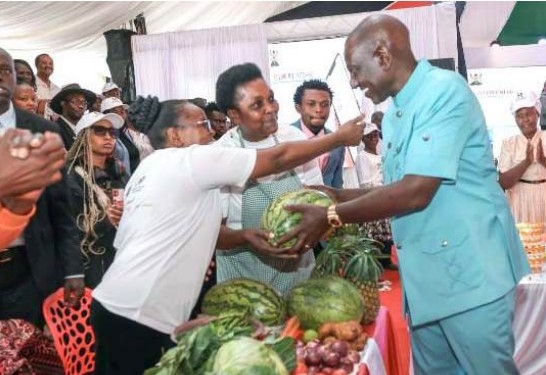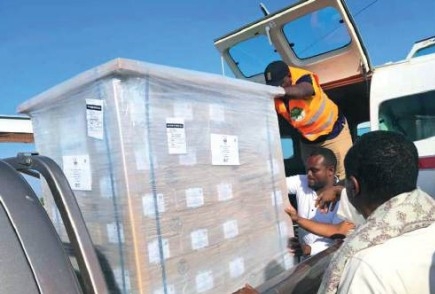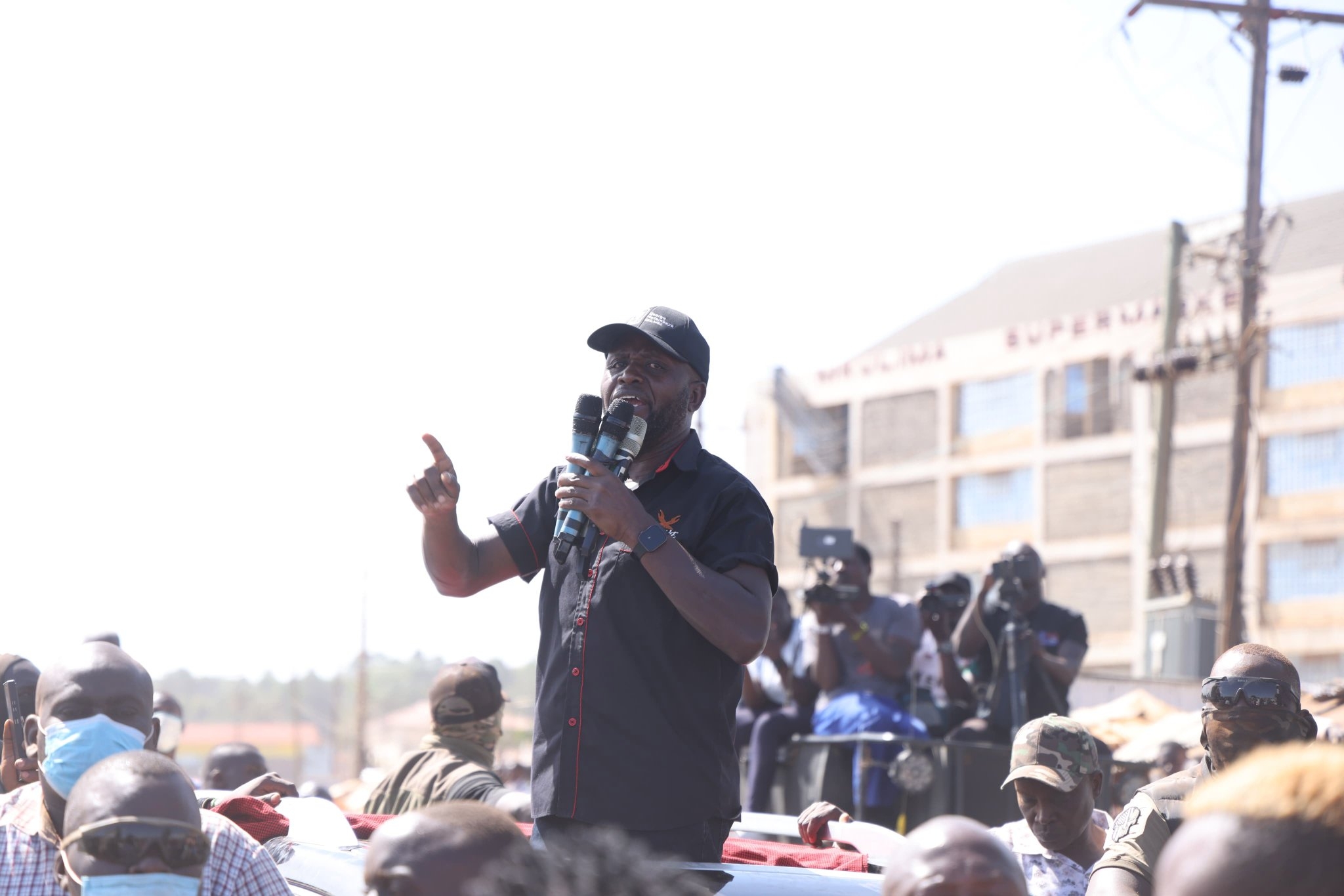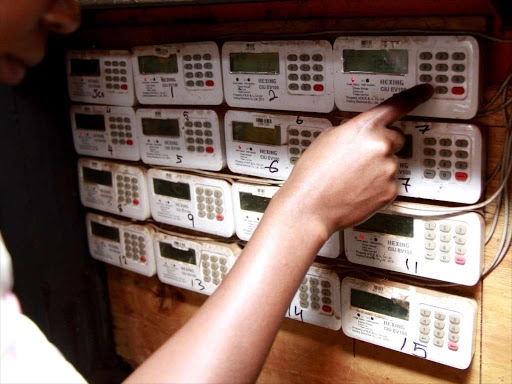“It seems baby elephants are falling out of the sky, 138 bouncing baby jumbos so far.”
That’s what Amboseli Trust for Elephants director Cynthia Moss says.
Every time her team goes out, they find several new calves, she told the Star.
“So far in 2020, 138 new calves have been recorded and we are expecting even more,” she said.
This is not the first time the Amboseli ecosystem has had a baby boom, it happened two other times.
The first was in 1979-80 and the second was from the last two months of 2011 through 2012.
Elephants have a gestation period of 22 months and birth intervals of about 4.5 years.
This means a female will give birth to a calf, and when that calf is two to three years old, she will come into oestrus, mate and give birth to a new calf when the other calf is four to five years old.
However, all the adult females are not on the same schedule, so births are spread over the years.
Moss said in some years there’s an average number of births, in others a low number - then there are the baby boom years.
She said the single most important factor in successful reproduction is the environment.
“The ability of a female to conceive and carry a calf to term depends greatly on her own physical condition. During drought years females may stop all reproductive cycling and not resume until rainfall improves with resulting vegetation growth,” Moss said.
She aid with adequate food females can put on weight and build up their fat reserves, which are necessary for successful reproduction.
In Amboseli, during the drought of 1976, the females stopped cycling.
Only two calves were born in 1977 and these were conceived in 1975. Five calves were born at the end of 1978, but these were conceived in early 1977 after the drought ended.
Moss said half of the calves born in 1976 died because of the drought.
By the beginning of 1977, however, almost all the females were available to mate and started bearing calves.
From the end of the November 1978 through the end of 1980, 110 calves were born.
Another boom occurred in 2011 to 2012.
Amboseli experienced its worst drought in 2009. About 400 elephants died including many calves.
In 2010, good rain finally fell, vegetation grew and females were able to recover and gain weight.
Soon there was oestrus activity and mating and 22 months later an amazing baby boom started.
Moss said two females gave birth in October 2011 and then 47 more in November and December.
In 2012 an unprecedented number of calves were born – 201.
“We don’t know if this year will prove to be a record, but it is certainly a serious baby boom year,” she said.
Moss said they have not seen many large families because they are spending their time outside Amboseli National Park.
She said when they do a park census, they expect to find at least another 30 new calves, but most calves are outside the park.
Moss was born and educated in the US before moving to Africa in 1968. She has worked in wildlife conservation ever since.
Moss started working with elephants in Lake Manyora National Park in Tanzania where she worked with Iain Douglas-Hamilton on his pioneering elephant study.
In 1972, with Harvey Croze, Moss started the Amboseli Elephant Research Project (Aerp) in Kenya, which she continues to direct.
She has concentrated her studies on the distribution, demography, population dynamics, social organisation and behaviour of the Amboseli elephants.
In 2001, she created the Amboseli Trust for Elephants in Kenya and the US.
The Amboseli Trust for Elephants promotes the long-term conservation and welfare of Africa’s elephants in the context of human needs and pressures through scientific research, training, community outreach, public awareness and advocacy.
(Edited by V. Graham)





![[PHOTOS] Three dead, 15 injured in Mombasa Rd crash](/_next/image?url=https%3A%2F%2Fcdn.radioafrica.digital%2Fimage%2F2025%2F11%2Fa5ff4cf9-c4a2-4fd2-b64c-6cabbbf63010.jpeg&w=3840&q=100)










